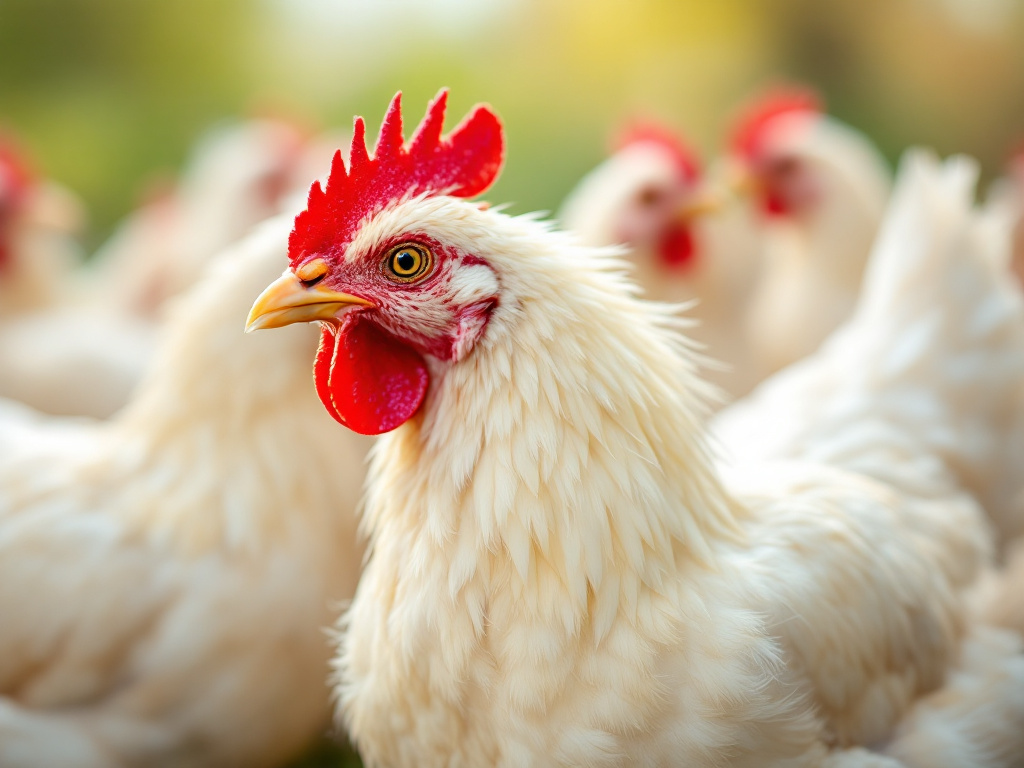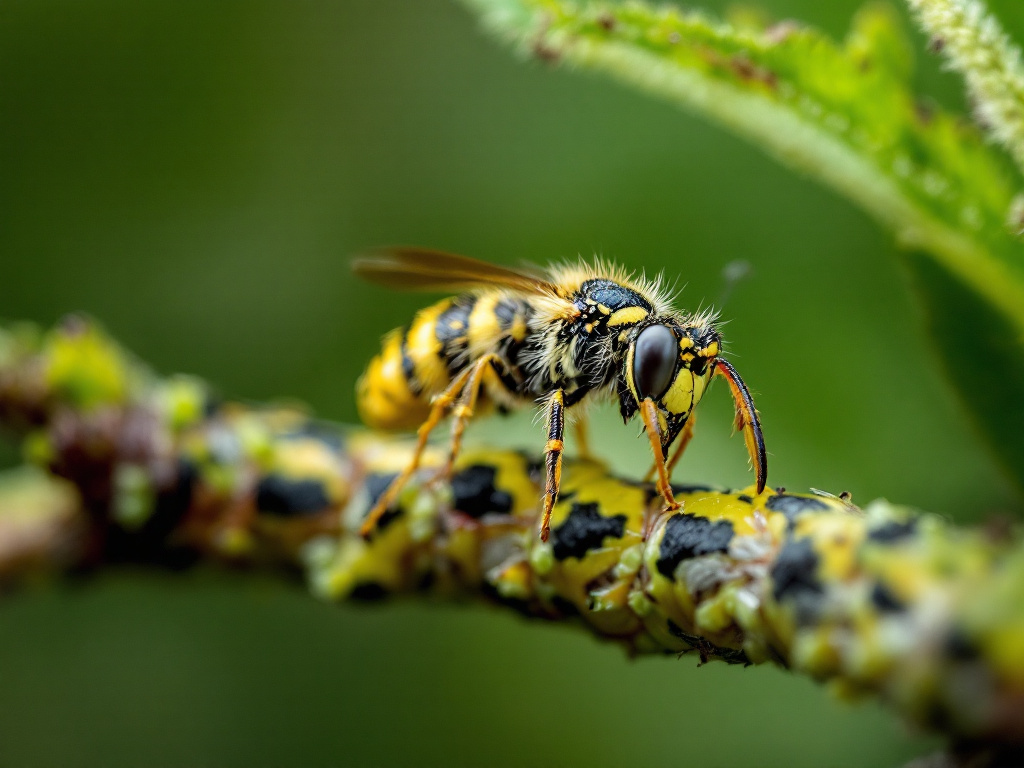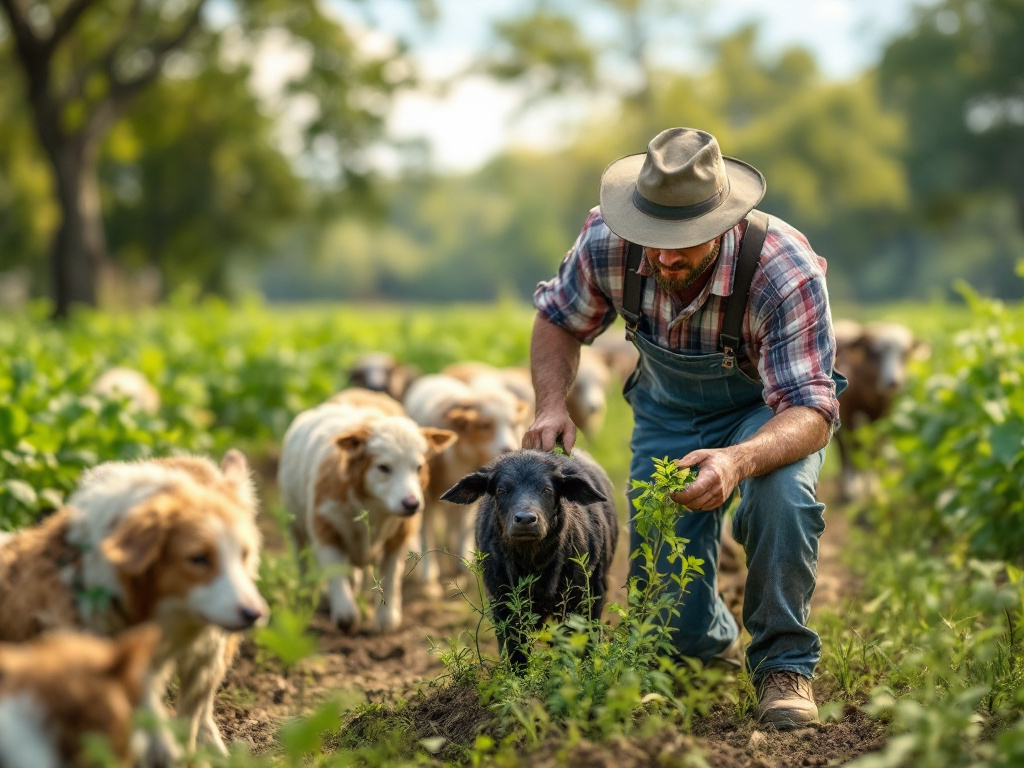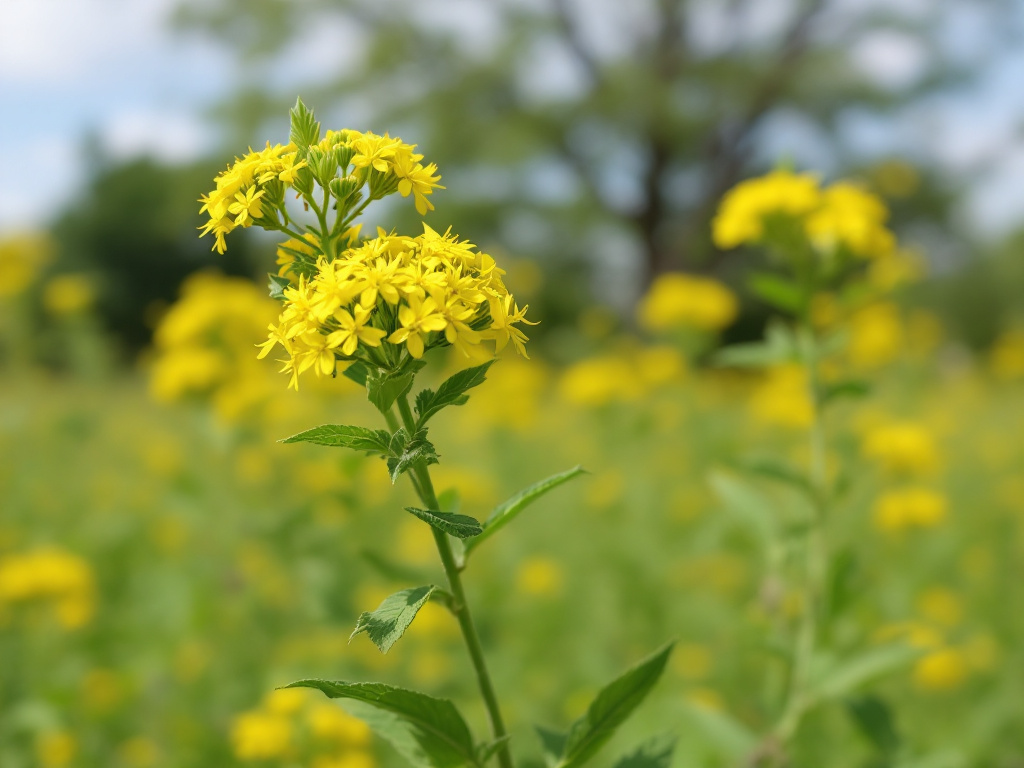Image generated by flux-ai.io & content generated by ChatGPT Version 4o-mini
Climate Change: What it Means for Agriculture and Water Resources in St. Lucie County
As residents of St. Lucie County, we are no strangers to the beauty and bounty of Florida’s natural resources. From our thriving citrus groves to the rich ecosystems of the Indian River Lagoon, these resources are vital to our community’s economy and lifestyle. A new study sheds light on how climate change might impact our agriculture and water resources, and understanding these changes is crucial for our future.
The Warming Effect
The research indicates that rising temperatures will affect many aspects of Florida’s climate, including rainfall patterns. In simple terms, we can expect more extreme weather, such as intense storms and prolonged droughts. This isn’t just a distant concern; it’s already happening in areas near us. For example, the increased frequency of heavy rainfall can lead to flooding, which might wash away crops and overwhelm our drainage systems. Conversely, longer dry spells could put pressure on our water supply, making it harder for farmers to irrigate their fields.
Freshwater Challenges
Freshwater is essential not only for drinking but also for irrigating our farms, especially given that St. Lucie County has a significant agricultural sector focused on crops like oranges and vegetables. The study outlines how climate change could alter the availability and quality of this precious resource. For instance, heavy rains could lead to runoff that carries pollutants into our lakes and rivers, worsening water quality. On the other hand, if rainfall decreases but becomes more intense, it could lead to less water being absorbed into the ground, which means less replenishment for our aquifers.
This is particularly relevant for our community as we rely on these aquifers for drinking water. If saltwater from the ocean intrudes into our freshwater supply due to rising sea levels, it could contaminate our wells, making them unsafe for consumption and irrigation. This has already happened in parts of South Florida, impacting local water sources.
Impacts on Agriculture
The study also highlights how climate change will affect farming practices. For farmers in St. Lucie, understanding these changes is critical for decision-making. Warmer temperatures could shift the growing season for crops, requiring farmers to adapt their planting and harvesting schedules. Increased evaporation due to higher temperatures means crops will need more water to thrive, which could strain our already limited water resources.
Moreover, pests and diseases may become more prevalent as warmer conditions create a friendlier environment for them. This could lead to increased pesticide use, which has further implications for our health and the environment.
Local Solutions and Adaptation
So, what can be done? The research emphasizes the importance of using climate models to anticipate future conditions. For farmers, this could mean investing in technology to monitor weather patterns and soil moisture, which would help them make informed decisions about irrigation and crop management.
Local organizations like the St. Lucie County Cooperative Extension can play a vital role by providing education and resources to farmers about sustainable practices. This includes promoting drought-resistant crops or more efficient irrigation techniques, all aimed at helping our agricultural sector remain productive and sustainable despite changing climate conditions. Additionally, adopting practices aligned with Florida-Friendly Landscaping™ can help mitigate over-irrigation and reduce pollution runoff, benefiting local water quality and ecosystem health.
Conclusion
As St. Lucie County continues to grow, understanding the impacts of climate change on our agriculture and water resources becomes ever more important. By staying informed and adapting to these challenges, we can work together to ensure our community remains resilient and thrives in the face of climate change. The future may seem uncertain, but through education, innovation, and proactive measures, we can safeguard our way of life and the natural resources we cherish.
References
AE545/AE545: How Are Our Future Agriculture and Natural Resources Projected under Varying Climate?. (n.d.). Ask IFAS – Powered by EDIS. https://edis.ifas.ufl.edu/publication/AE545










